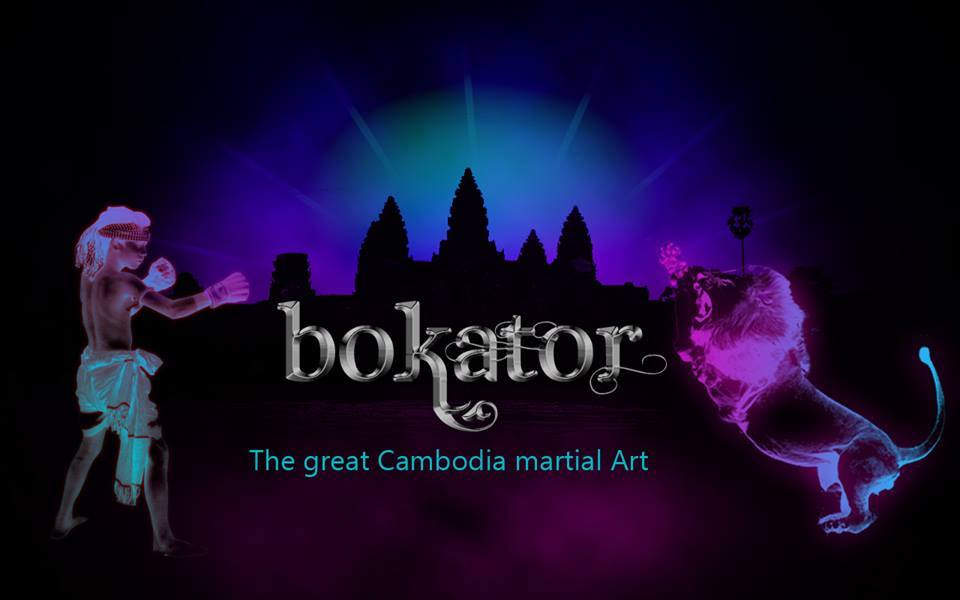𝐓𝐡𝐫𝐞𝐚𝐝𝐬 𝐨𝐟 𝐅𝐚𝐢𝐭𝐡: 𝐁𝐮𝐝𝐝𝐡𝐢𝐬𝐦, 𝐁𝐫𝐚𝐡𝐦𝐚𝐧𝐢𝐬𝐦, 𝐚𝐧𝐝 𝐭𝐡𝐞 𝐓𝐚𝐩𝐞𝐬𝐭𝐫𝐲 𝐨𝐟 𝐂𝐚𝐦𝐛𝐨𝐝𝐢𝐚𝐧 𝐒𝐩𝐢𝐫𝐢𝐭𝐮𝐚𝐥𝐢𝐭𝐲
In Cambodia, Buddhism and Brahmanism have deeply influenced the belief system, society, culture, art, architecture, and political landscape, shaping the unique religious practices of the Khmer people. These two Indian religions have coexisted and merged harmoniously, rather than being separate entities, resulting in a syncretic belief system.
Represented by the colors yellow and white respectively, Buddhism and Brahmanism have left their mark on Cambodian religious and cultural traditions. The blending of these religions with local beliefs, such as ancestor worship and animism, has created a complex belief system that is distinct to the Khmer Civilization.
The architectural and artistic expressions of Cambodia showcase the integration of Buddhism and Brahmanism. The single-spire headdress, representing the great Stupa in Buddhism. It represents enlightenment, the ultimate goal of Buddhist practice. And the three spires headdress, symbolizing the Triad Gods of Brahmanism, can be observed in temple structures. These architectural elements reflect the incorporation of both Buddhist and Brahmanic deities.
The influence of Buddhism and Brahmanism extends to Cambodia's political landscape. Throughout history, rulers and elites have supported and patronized both religions. Buddhist and Brahmanic rituals have been performed to legitimize the authority of kings and enhance their divine status. The Royal Palace of Cambodia in Phnom Penh exemplifies the intertwining of religion and politics, with the use of white and yellow in paintings paying homage to the historical significance of both Buddhism and Brahmanism.
Cambodia's cultural and artistic expressions also bear the influence of both religions. Traditional dance, music, and sculpture often depict religious themes and stories from Buddhism and Brahmanism. This artistic integration reflects the interplay between these two religions and their impact on Khmer culture.
In summary, Buddhism and Brahmanism have merged and coexisted in Cambodia, resulting in a syncretic religious framework that incorporates local beliefs and traditions. This integration has influenced various aspects of Cambodian society, culture, art, architecture, and politics, creating a unique religious tapestry specific to Khmer Civilization.














